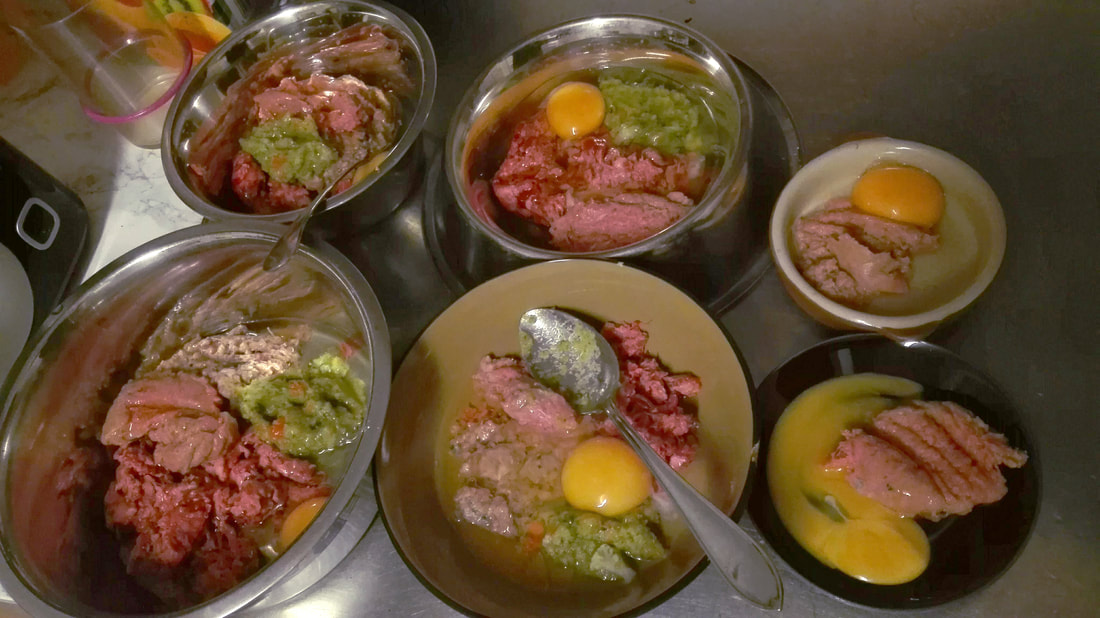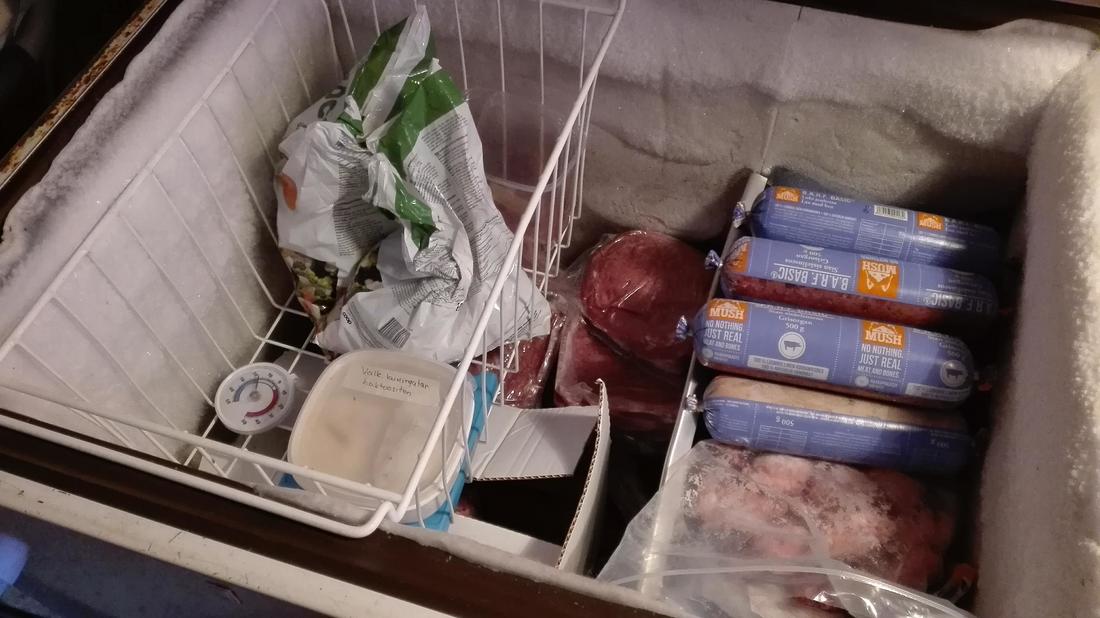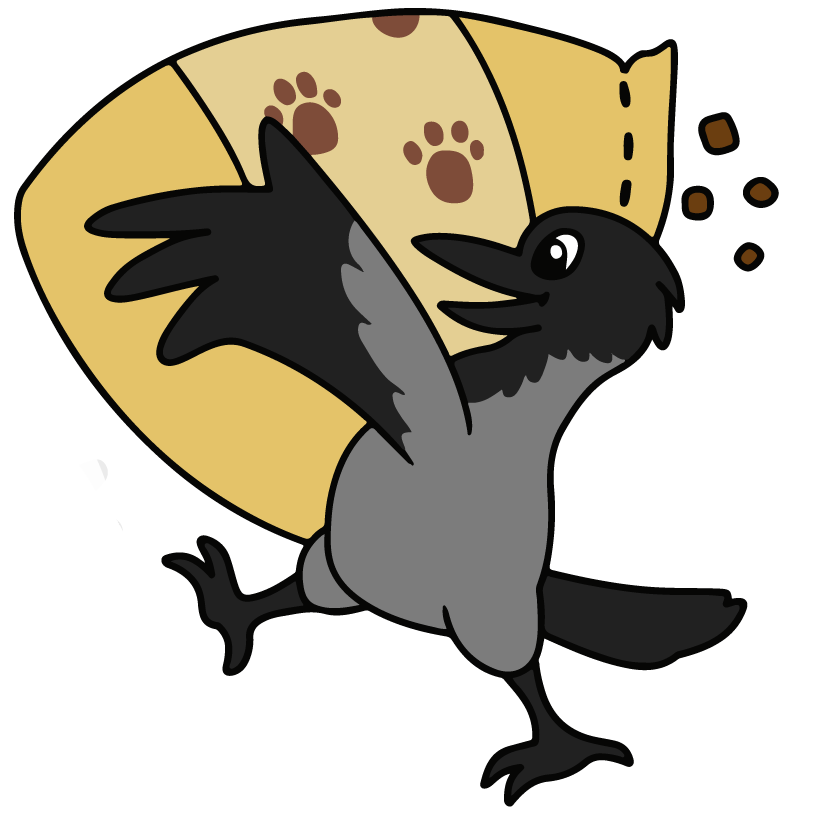Rawfeeding has always been like a gold mine to supplement producers. Many rawfeeders believe in the power of vitamin jars and there are claims made to convince people that you can never achieve the required amounts with feeding. Since I disagree to a certain level, I will explain in depth what I feed, how that meets the requirements, and what I need to add from a jar. |
Mistä on kyse?Koko elämänsä koiria harrastaneen raakaruokintafriikin ajatuksia, pohdintoja ja elämää koiralauman kanssa. Seuraa meitä
Päivitämme säännöllisen epäsäännöllisesti myös Facebookiin.
Historia
June 2022
Kategoriat
All
|




